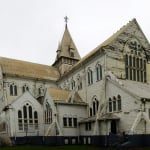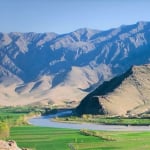Name: Hollókő and its Surrounding Area
Address: Hollókő
Official/Related Website URL: http://whc.unesco.org/en/list/401
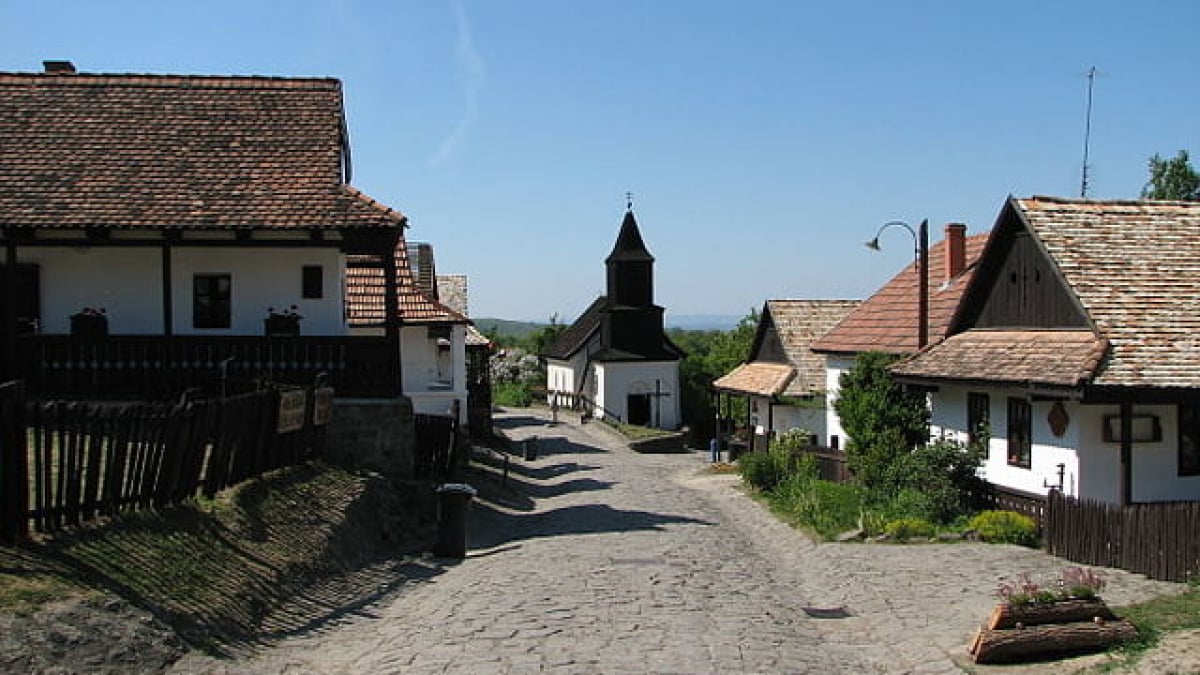
Hungary’s Most Beautiful Village: The World Heritage Hollókő and Its Surrounding Area
Hollókő, a World Heritage Site, is known as Hungary’s most beautiful village. This ancient settlement features traditional houses registered as a World Heritage site, where villagers still live their daily lives. The houses, painted in charming white plaster, display unique heraldic decorations under their roofs.
The village also offers a church that is its symbol, as well as restaurants and accommodation. Experience the peaceful, quiet, and old-fashioned Hungarian village—definitely a place you should visit!
table of contents
[x] close
Hungary’s Most Beautiful Village: The World Heritage Hollókő and Its Surrounding Area
What Is Hollókő?
Hollókő is a town nestled in the Cserhát Mountains in the northwest of Hungary. It is known as “Hungary’s most beautiful village” and retains its traditional townscape from the 19th century. Registered as Hungary’s first World Cultural Heritage in 1987, Hollókő is celebrated for its unique architecture.
The town of Hollókő is famous for its distinctive architectural style known as “Parócz” style. With walls built of mud and straw, finished with lime, and decorated with lace-like wooden ornaments set just below the roofs, these simple and charming one-story whitewashed houses are delightful to behold. The wooden balustrades on the balconies are a must-see! Today, about 120 houses remain in Hollókő, along with a beautifully white-washed Roman Catholic church. The Parócz people—descendants of the Turkic Cumans who fled during the Mongol invasions and settled along the Caspian Sea—are dedicated to preserving the heritage village’s landscape while living a traditional rural life.
How to Get to Hollókő
It takes about 2 hours by long-distance bus from Budapest, making it possible to visit as a day trip.
Recommended Point ①: The Houses of Hollókő

The name “Hollókő” is said to derive from the words “holló” meaning “crow” and “kő” meaning “rock”—in short, “crow rock.” Legend has it that a crow arrived carrying a rock and built a fortress on a granite outcrop.
The inhabitants of this village, known as the Parócz people, are believed to be descendants of Turkic Cumans who escaped the Mongol invasions and migrated from the Caspian Sea region.
Each house in World Heritage Hollókő displays a unique pattern or initials carved into the gable (the part under the roof). These decorations serve as both a family crest and a functional chimney to vent smoke outside. Be sure to take your time and admire each one. The houses, built of straw and mud, are vulnerable to fire and have suffered devastating fires in the past. The houses you see today in Hollókő were faithfully reconstructed in the traditional style after a great fire in 1909. Some of these houses are even used as accommodation, so consider staying overnight.
Recommended Point ②: Highlights of Hollókő
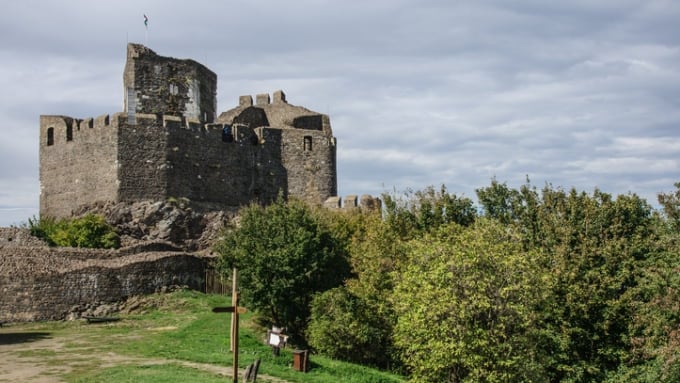
In Hollókő there is a Catholic church. This beautiful white-washed church is built in the same style as the village houses. Constructed without using a single nail, this old-style building has very simple interiors and is also regarded as a symbol of the village.
The village boasts two restaurants housed in traditional buildings, offering a charming atmosphere with wooden construction where you can enjoy delicious local cuisine. In addition, attractions such as the “Village Museum,” the “Post Office Museum” which displays the figure of an old-time postman, and the “Doll Museum” showcasing various dolls dressed in traditional costumes are all recommended.
About a 10-minute walk from the village, on a small hill, lies the ruins of Hollókő Castle—definitely worth a visit. The view at dusk from here is particularly breathtaking! Hollókő Castle now functions as a museum, offering guided tours of its interior. Besides exhibits of wax sculptures and military artifacts that recount its history, a chapel believed to have existed since the 14th century is also preserved.
Recommended Point ③: Traditional Costumes
The Parócz people living in World Heritage Hollókő wear beautiful traditional costumes adorned with embroidery. The formal attire for women is especially stunning, consisting of multiple layered skirts and aprons, and is worn during festivals and church services. According to tradition, the most elaborate dressing occurs after marriage and before childbirth, based on the idea that unmarried women dress modestly and once children are born, the busy demands of childcare leave little time for adornment.
Since Hollókő was registered as a World Heritage site, many tourists now visit the village, and during the tourist season, you can even see locals dressed in traditional costumes. There are also displays of traditional crafts such as confectionery making and ethnic dancing performances.
◎ Sammary
Hollókő is a beautiful, traditional World Heritage village. Today, it faces severe depopulation and can no longer sustain itself solely through agriculture or traditional crafts, thus increasingly relying on tourism. Efforts to preserve this beautiful World Heritage village are greatly needed.
Within the village of Hollókő, you can also find studios of potters and sculptors, along with exhibitions of folk art and small souvenir shops, offering the chance to spend a relaxed day soaking in the village’s charm. If you have the opportunity, be sure to visit!
RELATED ARTICLES
REGIONS
CATEGORIES
FEATURED ON Guide
-
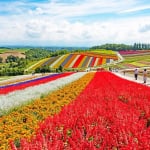
Where will you go for the summer vacation? Introducing recommended spots for domestic travel
-

Kaizu City’s Recommended 7 Tourist Spots. Enjoy the Culture and History Nurtured by Wajū!
-
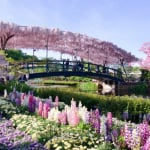
What Makes Ashikaga Flower Park So Special? A Treasure Trove of Photo-Worthy Spots!
-

600 Years of Radiant Tradition: Korea’s Historic Villages of Hahoe and Yangdong
-

Two-Colored Seas and a Pink Beach! 4 Must-Visit Spots in North Eleuthera
MOST POPULAR ON Guide
-
 1
1Doha: Must-see Attractions in the Capital of Qatar
-
 2
2Toronto: 10 Things to do in this Picturesque Canadian City
-
 3
3Amarillo: A City Famous for It’s Amazing Canyons, Great History and Music
-
 4
4South Korea: Dazzling Scenery, Rich Culture and Fascinating History
-
 5
5Kuwait: A Country in Middle East Asia Famous for Hot Sand Dunes and Stunning Cityscape

